“Between Genres and Music Communities.” An Interview with Nadja’s Leah Buckareff
The Berlin by-way-of Toronto experimental duo Nadja was launched in 2003 as a solo project by multi-instrumentalist Aidan Baker, who soon enlisted bassist / vocalist / violinist Leah Buckareff to take the project from the studio into a live setting. Since then, Nadja has put out a staggering 50+ releases that blur the lines between avant-rock, doom metal, shoegaze, ambient, drone and other sonic textures and, along with their equally-prolific international touring schedule, have made them celebrated force in wide range of underground music scenes.
Following the gorgeous, shoegazing soundscapes of its critically-acclaimed 2014 album Queller, Nadja has once again plunged into the unexpected on its latest album, Sv (Essence Music), which gets its name from the scientific unit “Sievert” that is used to measure the health effect of ionizing radiation on the human body. Originally composed for two festival performances in Berlin, the record trades Queller’s more structured songs for a solitary, long-form track that shapeshifts from a soft, ambient drone into a heavy, hypnotic groove layered with polyrhythmic beats and mountainous atmospherics that churn with intensity before masterfully dropping back down to Earth.
She Shreds recently caught up with Buckareff, who also works as a professional bookbinder and paper-restorer, to learn more about Sv, Nadja’s various experimentations and collaborations, and playing to electronic drums versus live drums.
Nadja started out as Aidan’s project and you joined once he decided to perform live. I know that was quite some time ago, but what was it like stepping into the band and interpreting the music for a live setting and later, for album reissues? What had been your experience playing bass guitar or other instruments up to that point?
It may sound strange to you, but up until I joined Aidan with Nadja I had no desire to be in a band. It meant performing and I have always been a very shy person. I had grown up with violin and piano lessons, but squeaking through church recitals on the violin as a little kid probably traumatized me. Piano recitals and competitions gave me serious anxiety and I quit playing music altogether in my teens‒right about when friends were joining bands. So when Aidan handed me a bass I was wary, but happy to mess around on a new instrument and collaborate on a project I was excited about.
We started the band as a duo really, just re-recording material and improvising. We moved from this to playing our first shows (opening for Kanate in Montreal and Toronto) very quickly. Learning to improvise on stage was probably the toughest hurdle for me live. I had trouble turning off my freaked-out mind and loosening up enough to move away from and around the bass lines.
Nadja has over fifty releases under its belt and has explored an incredible range of sounds. What guides your experiments from project to project? How have you and Aidan grown together (or to complement each other) as songwriters over the years?
I think our combined curiosity mixed with our eclectic tastes and a sometimes obsession to hover over certain genres direct us. Nadja has also grown into a more proper duo. The earliest records already existed without me. They had a clear direction readymade and I just stepped in. Now we approach things from two different, but, I guess, complimentary corners, and there’s a lot of discussion. Like any long time relationship, you can say we’ve grown. I’m definitely less wary and more open to just see where a project goes without worrying about who we might disappoint.
Nadja has also worked on records with guest musicians like Mac McNeilly [Jesus Lizard drummer] and groups such as Pyramids, Vampillia, and Uochi Toki. What do you get out of this type of experimentation? Have you brought back elements from these collaborations back to your work in Nadja?
When you only play in duo, your habits become entrenched. It’s scary and refreshing to step out of a space you’ve made pretty cushy for yourself, but we’ve been really lucky to have collaborated with people we really respect and projects that are really wonderful. Those that we’ve done live have been some of my most stress-inducing moments, but we’ve come out of it with a few of my favourite albums.
In recent years, the landscape of the heavy / experimental music community has changed and many musicians are finding a wider audience than ever before. How has that affected Nadja and the opportunities you’ve had to perform or connect with new listeners?
We’ve always kind of sat between genres and music communities. Our fans from the heavier parts of the spectrum have been so incredibly supportive from our first record, but the experimental community and D.I.Y. world has enabled us to perform nearly everywhere. So I’m not sure these recent changes have really affected us. However, there are so many more multi-genre straddling duos in the heavy/experimental community today that I think we’re sort of old news.
Can you tell us a little about your live setup? What freedoms and limitations come from playing as a duo, and with programmed vs. live drums, especially as a bassist?
I used to use an amp but as we travelled more and encountered technicians that had trouble figuring out what to do with our sounds, we adapted to mixing ourselves on stage. This set-up makes us super compact, which can be so great for travelling but on the other side of the coin is our reliance on systems being loud and low enough for us to sound the way we want the audience to experience us. Also, I love playing to programmed drums. I know exactly what they will sound like every night and this predictability gives me some freedom. That said, it has been fun to play with a drummer and work with a more human (ie. changing) tempo. It’s just a different way to work.
Sv is a bit of an about-face from Queller in terms of tone and composition. What was the inspiration behind Nadja’s turn towards these beat-driven, industrial-leaning textures?
We wrote Sv to play at two festivals here in Berlin a few summers ago. One was the apocalypse-themed Occulto Fest and the other was a very D.I.Y., outdoor rave. We didn’t just want to play an expected set and this seemed like a fun direction to go, and it was fun so we recorded it!
What do you think the secret is to keeping things interesting in a long-form composition? Are there any particular techniques that you used on Sv that you hadn’t tried before?
Something we haven’t really done very much of in the past is that we raised the tempo. This song is fast….for us. There is, of course, a basic structural formula that doesn’t differ too much from shorter pieces, but I really like a slow build. So slow that you maybe confuse the listener a bit.
What bass and other equipment do you use? Any one component that you couldn’t do without?
It’s really nothing too fancy. I have an Ibanez that I’ve had since the beginning and a few years ago we found a Thunderbird knockoff second-hand in Berlin that might be made out of solid oak wood because it is so physically heavy, but it sounds likewise so it’s sort of fun. Then I have a couple delay pedals and a couple distortion pedals. Our lifestyle has really curbed my collecting instinct so I’m not obsessed with my equipment. I have, however, tried to find the right, few pedals that could help me achieve what I’m trying for. I guess this is a bit of a plug, but since the really great guys at ShiftLine in St. Petersburg, Russia gifted us some super beautiful custom pedals, I’ve collected a couple more from them. They knew our music, and understood what I was looking for.
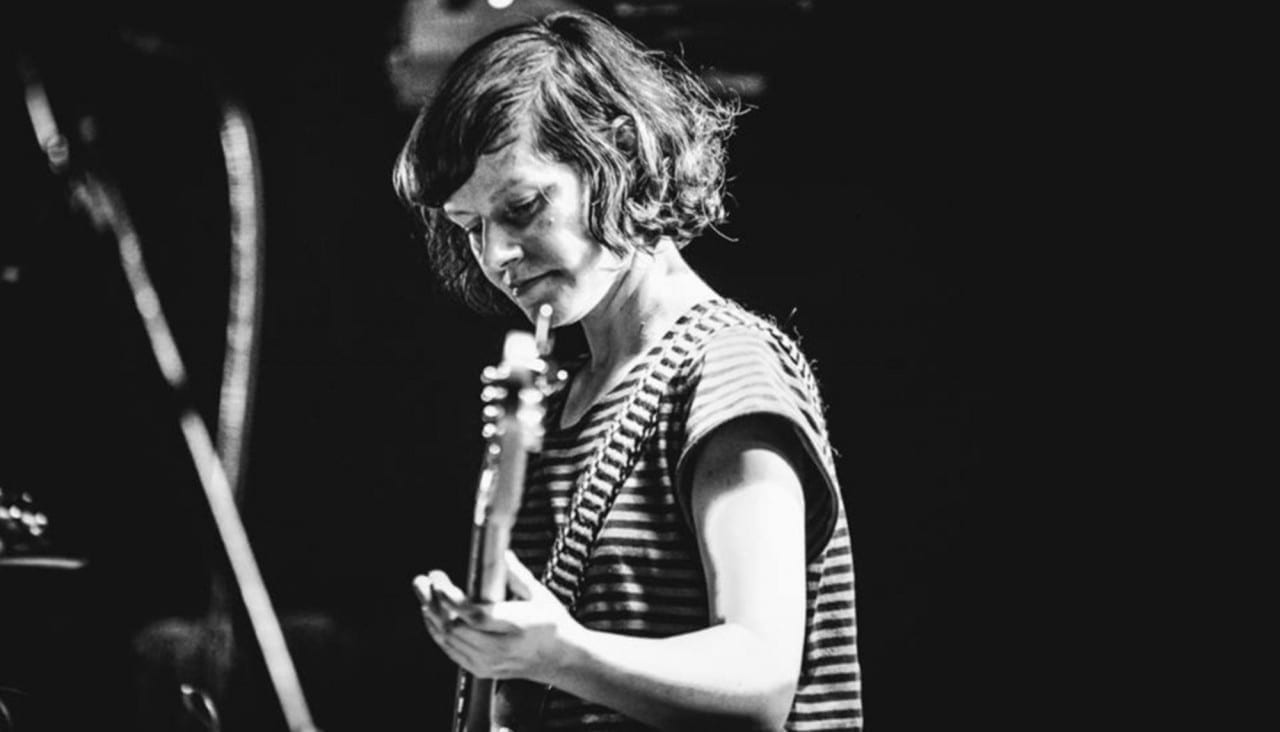

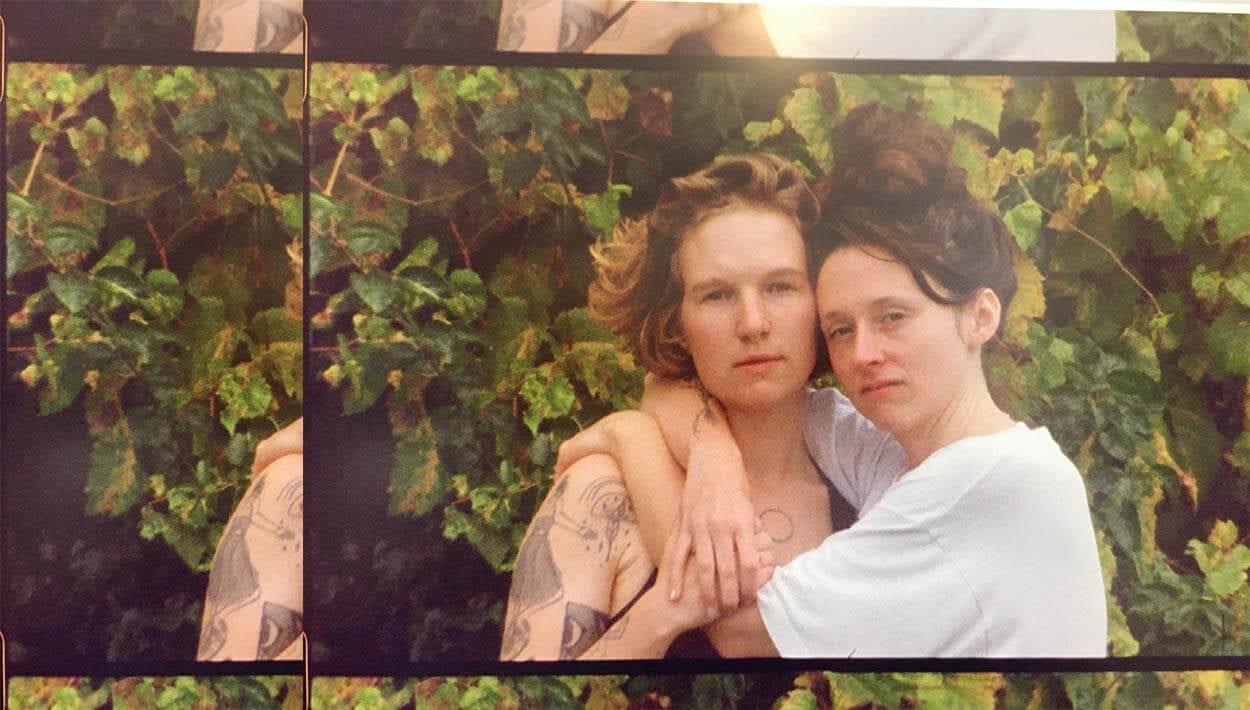
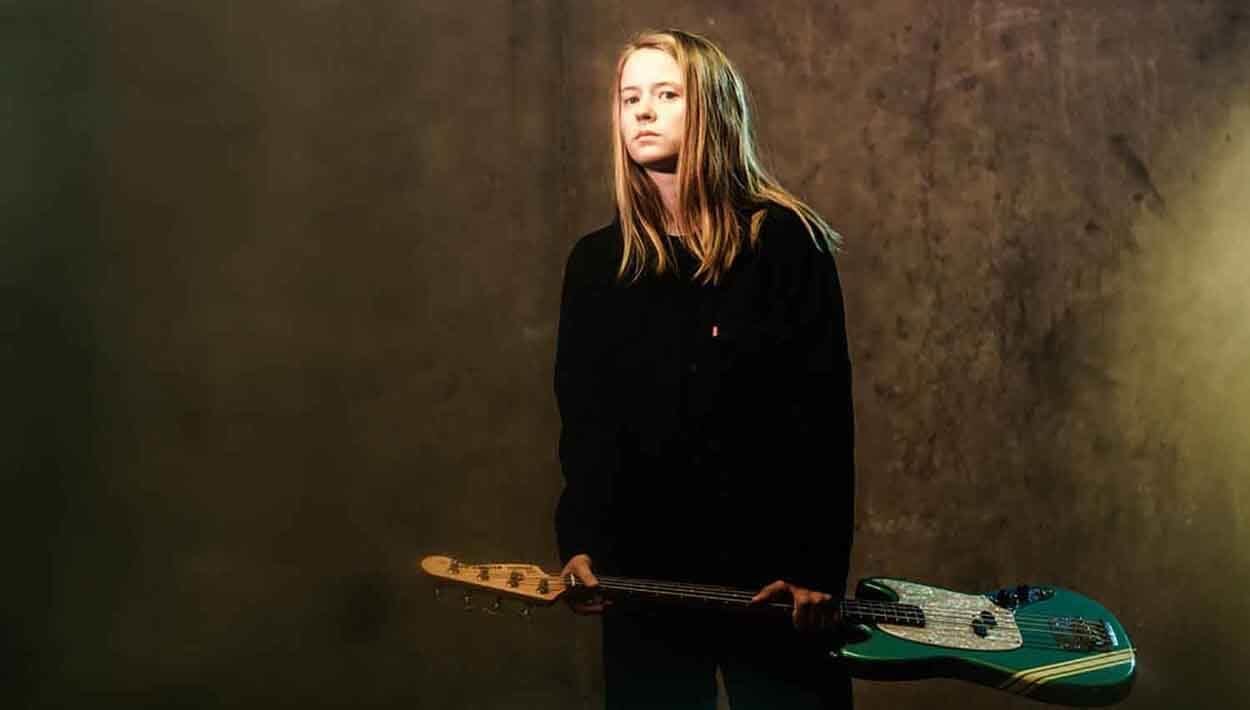
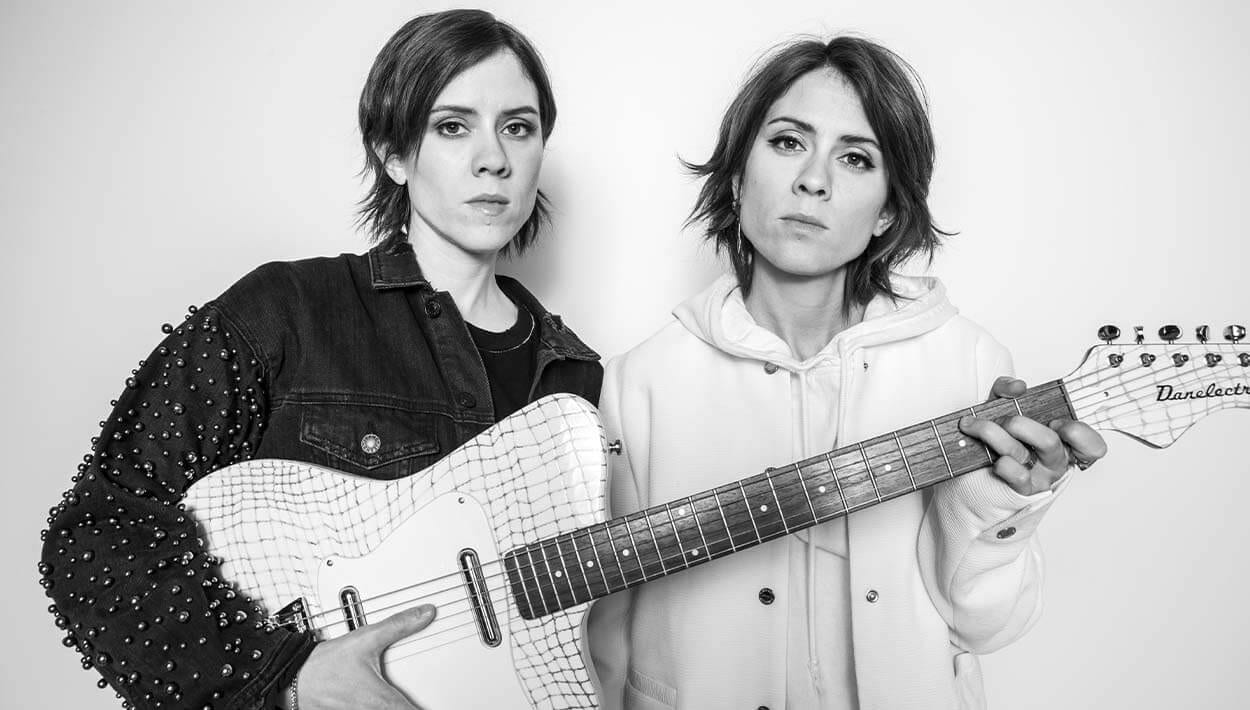
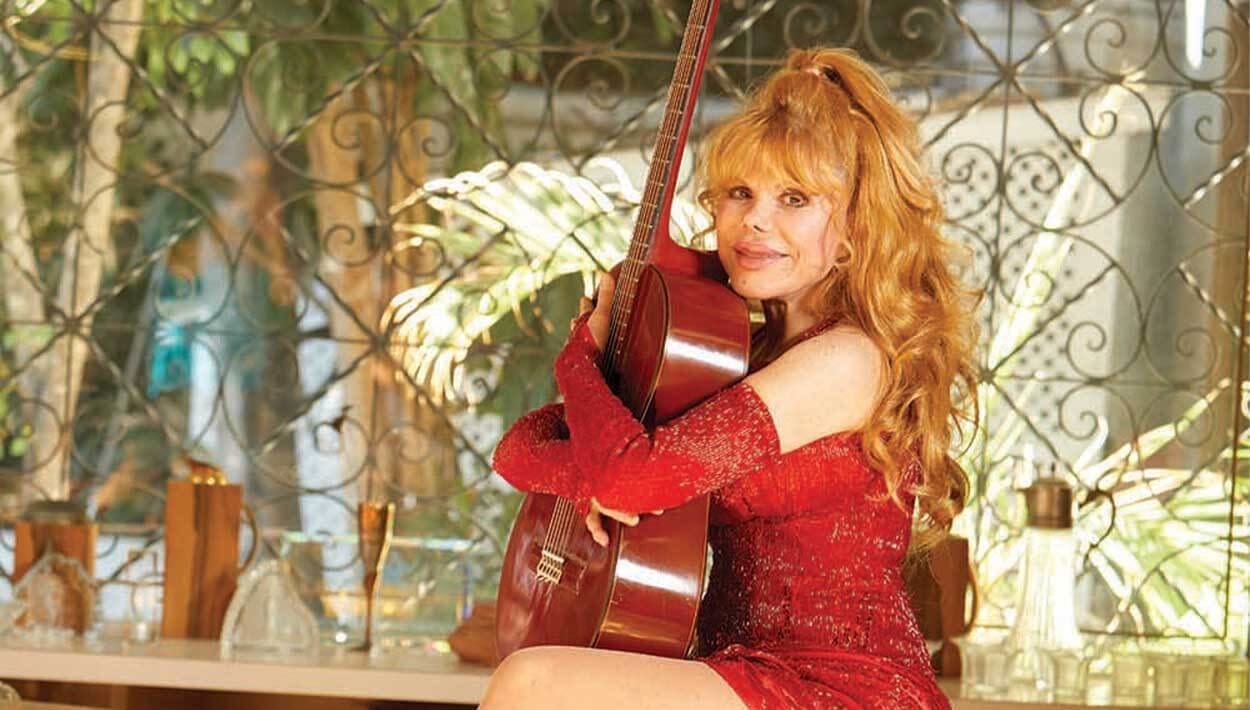
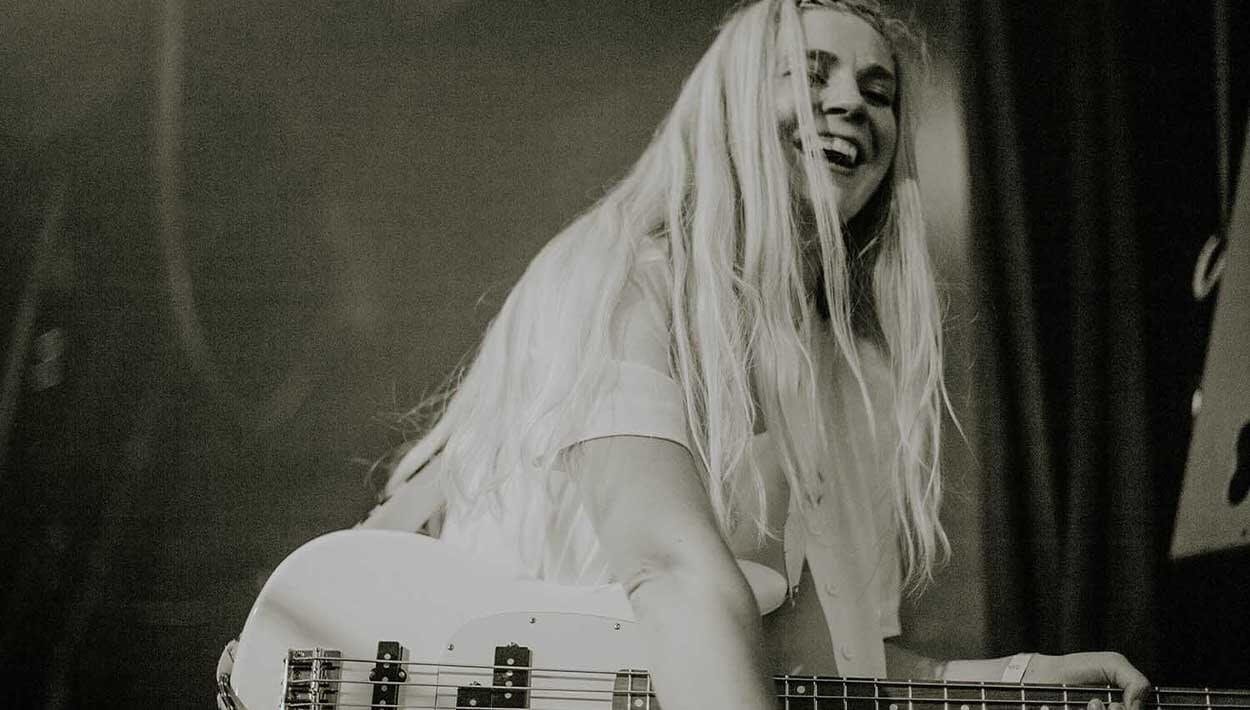

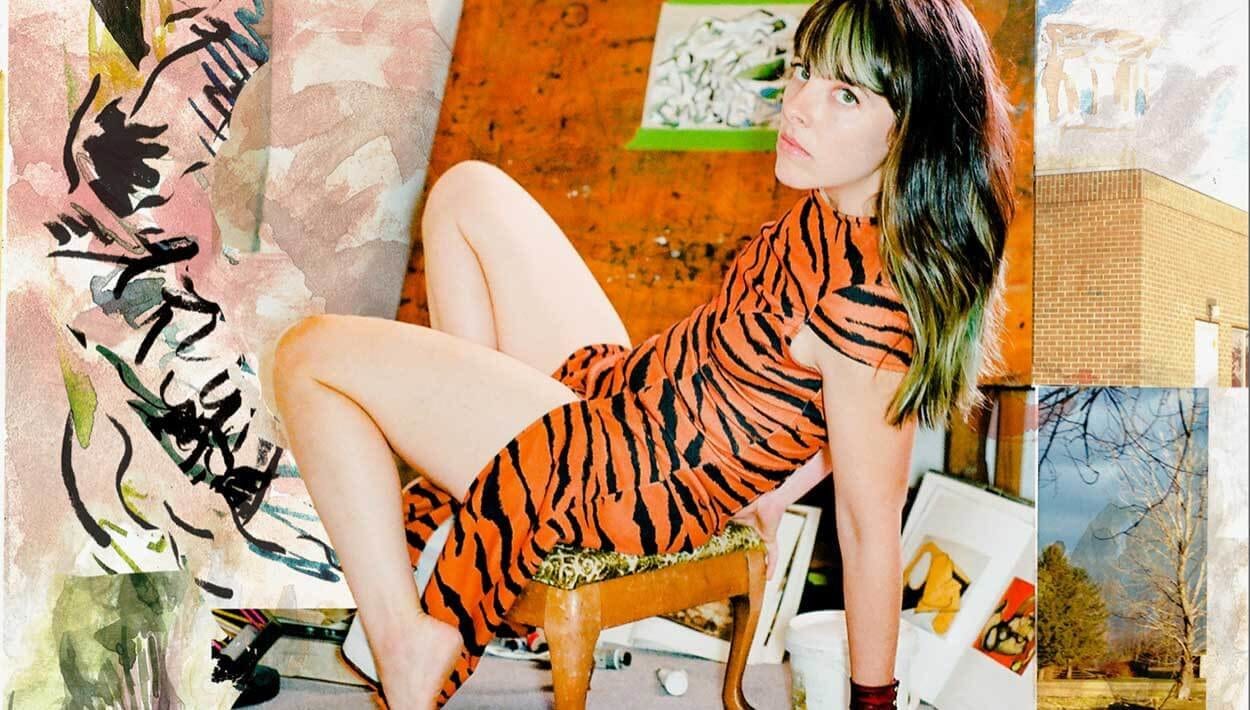
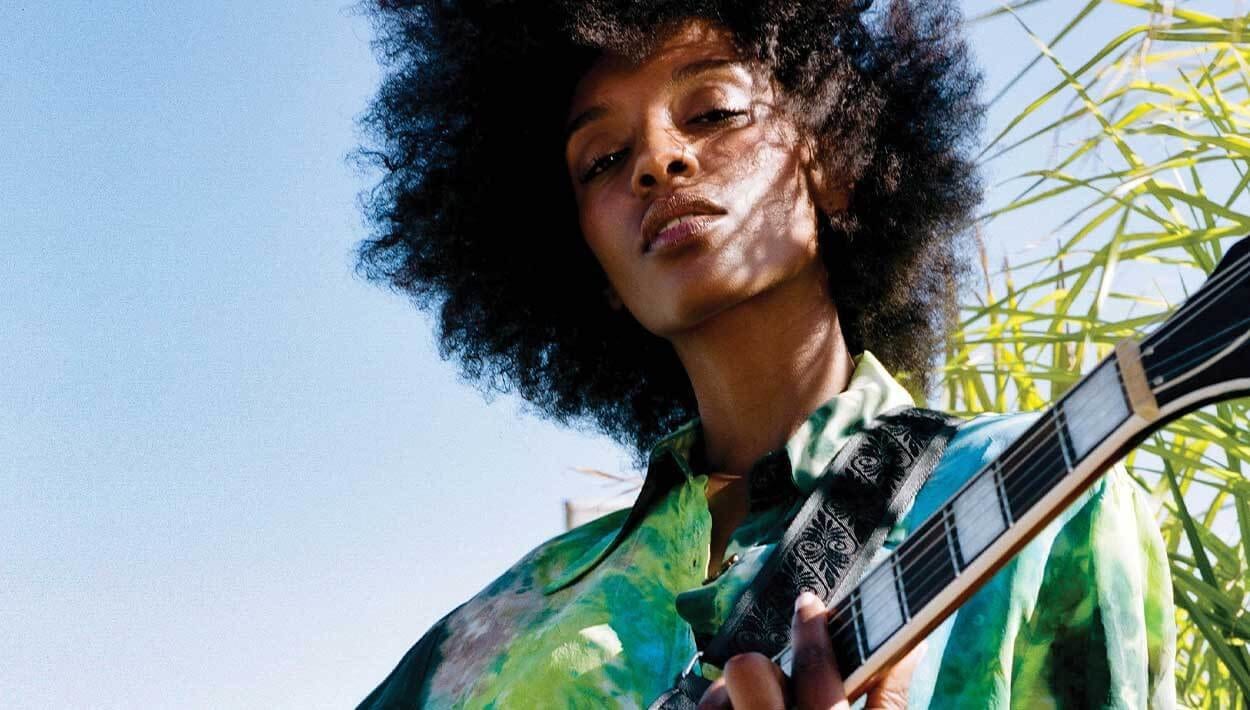
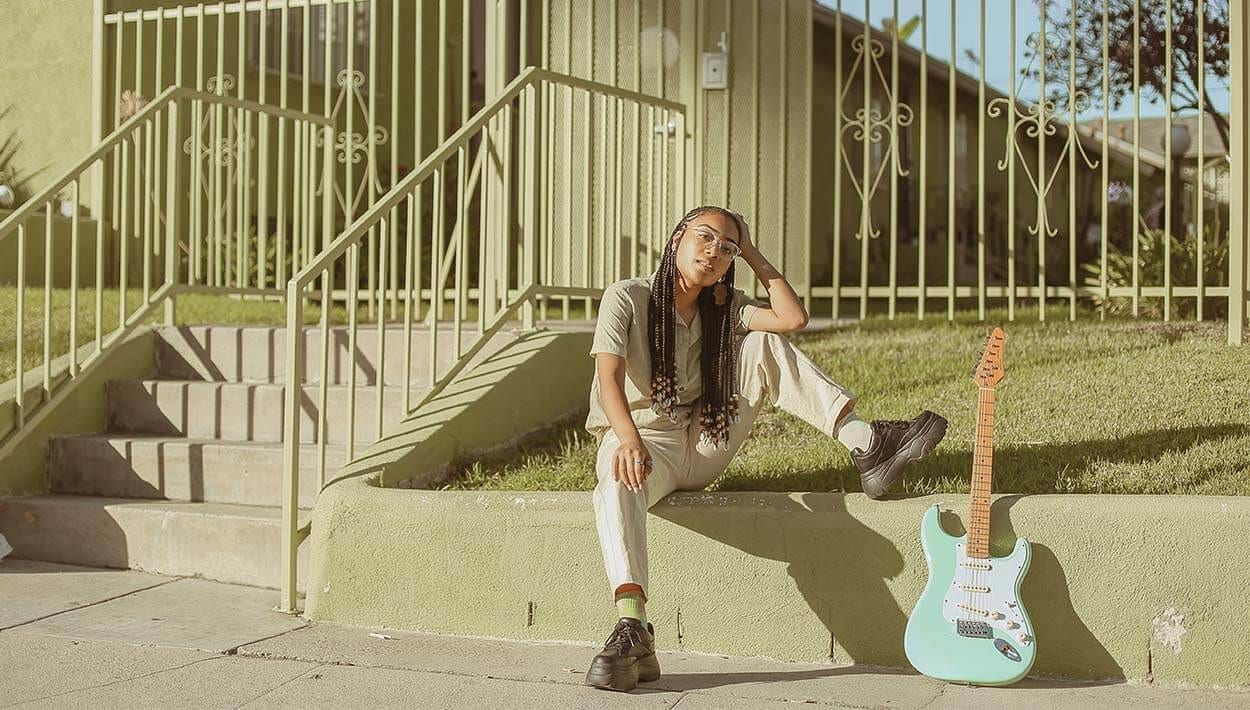
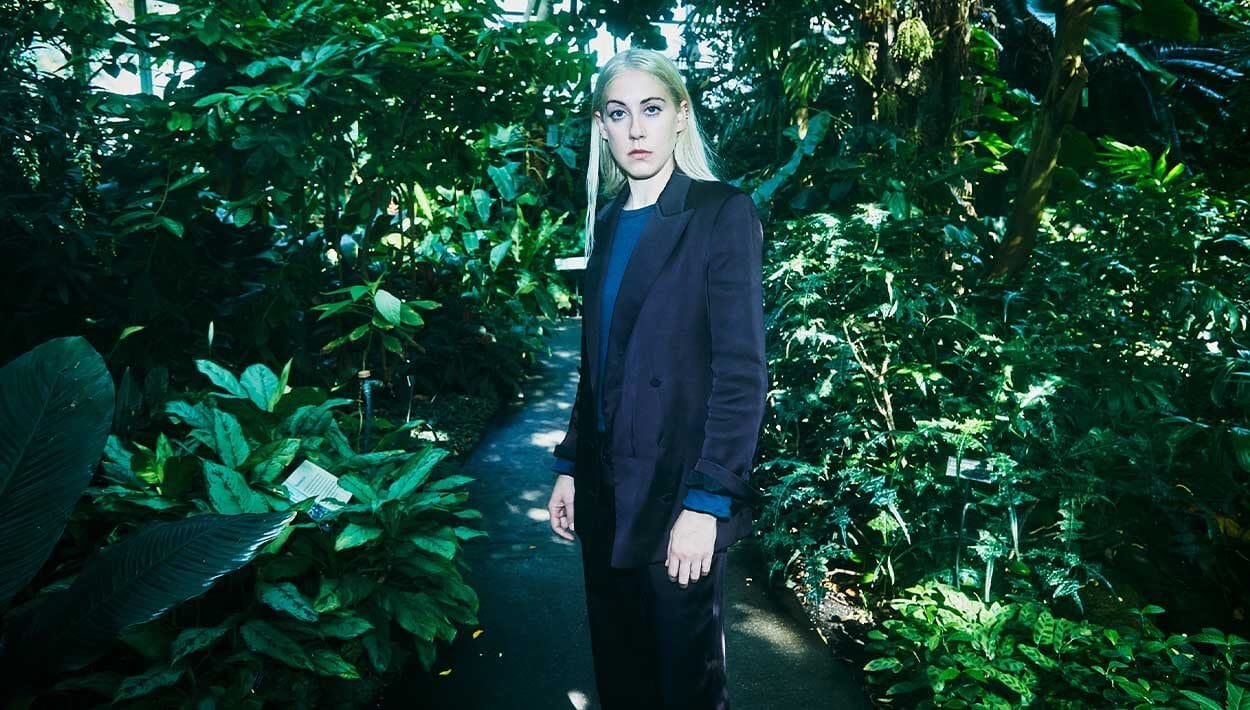


Comments
No comments yet